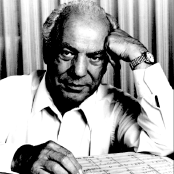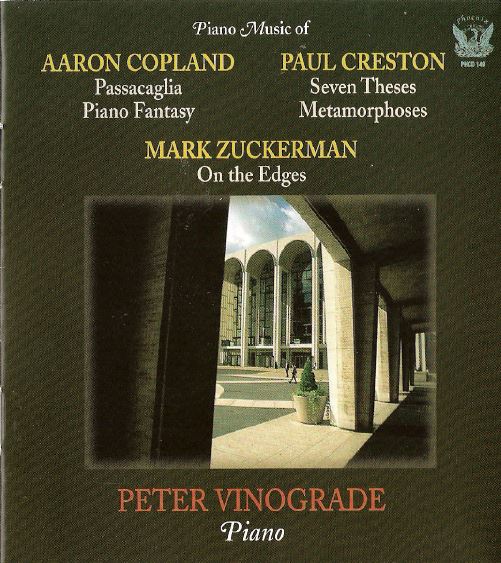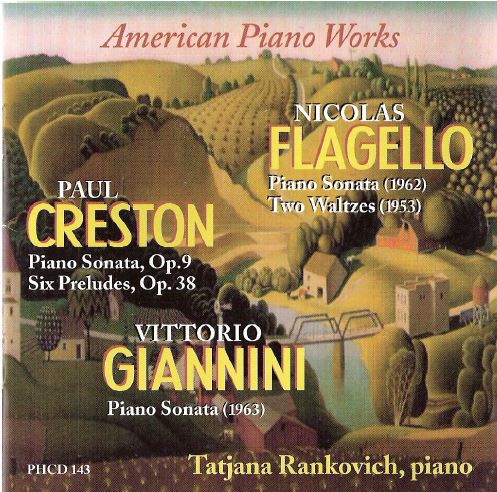
Creston, Paul
Paul Creston, whose original name was Giuseppe Guttoveggio, was born in New York City in 1906 and died in 1985. He was born the son of a poor house-painter. As a child he took lessons on the piano and later, on the organ, and began writing music on his own at the age of eight. Forced to leave school at 15 in order to earn a living, he attempted to compensate for the premature termination of his formal education by subjecting himself to a strenuous regimen of independent study, teaching himself music theory and composition, in addition to a number of other academic and artistic subjects. Creston vacillated between music and literature as career options for several years; not until 1932, at age 26, did he decide upon musical composition as a vocation. He supported himself during these years by playing the organ to accompany silent films, and later took a position as church organist, which he held for many years.
In view of Crestons isolation from influential musical institutions, his meteoric rise to national prominence is quite remarkable. In 1938 he was awarded a Guggenheim Fellowship, and in 1941 he won the New York Music Critics Circle Award. In 1942, Arturo Toscanini conducted his Choric Dance No. 2 with the NBC Symphony, in 1943 Eugene Ormandy conducted his Symphony No. 1 with the Philadelphia Orchestra, and in 1944 Creston completed his Symphony No. 2, premiered the following year by Artur Rodzinski and the New York Philharmonic. One of his most important works, this symphony brought him international acclaim; by this time Creston was one of Americas most widely performed composers.

